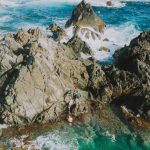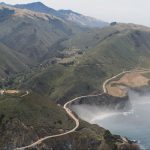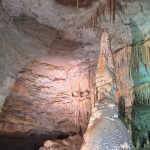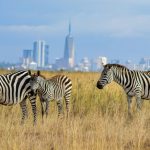Cenotes and Maya archeological sites can be found on this Mexican trail
Alberto Gutierrez and Emiliano Mendez Diaz are seeking people who are both happy to be on the move and happy to help enable some other people to stay put.
Both Gutierrez and Mendez Diaz are involved with the Camino de Mayab, a sectioned trail in the Mexican state of Yucatan that collectively amounts to around 110 kilometres and links 14 predominantly Indigenous communities.
People can walk or cycle the trail and particularly energetic sorts can run it, with one fleet-footed sort completing the entire 110 kms in 16 hours.
Trail trekkers can at times swim in cenotes, the underground water bodies found throughout Yucatan if they wish.
“The trail is for all people, not just the experienced,” Gutierrez — like Mendez Diaz involved with the project — says of what he describes as the “first organized long-distance trail in Mexico.”
The trail opened last year, with the pandemic curtailing the number of people who set off on it to 622. Three-quarters completed the entire trail, sometimes taking a leisurely 5 days to do so. Trail organizers predict it may eventually see 10,000 hikers a year, at which time they would cap the number to prevent overcrowding.
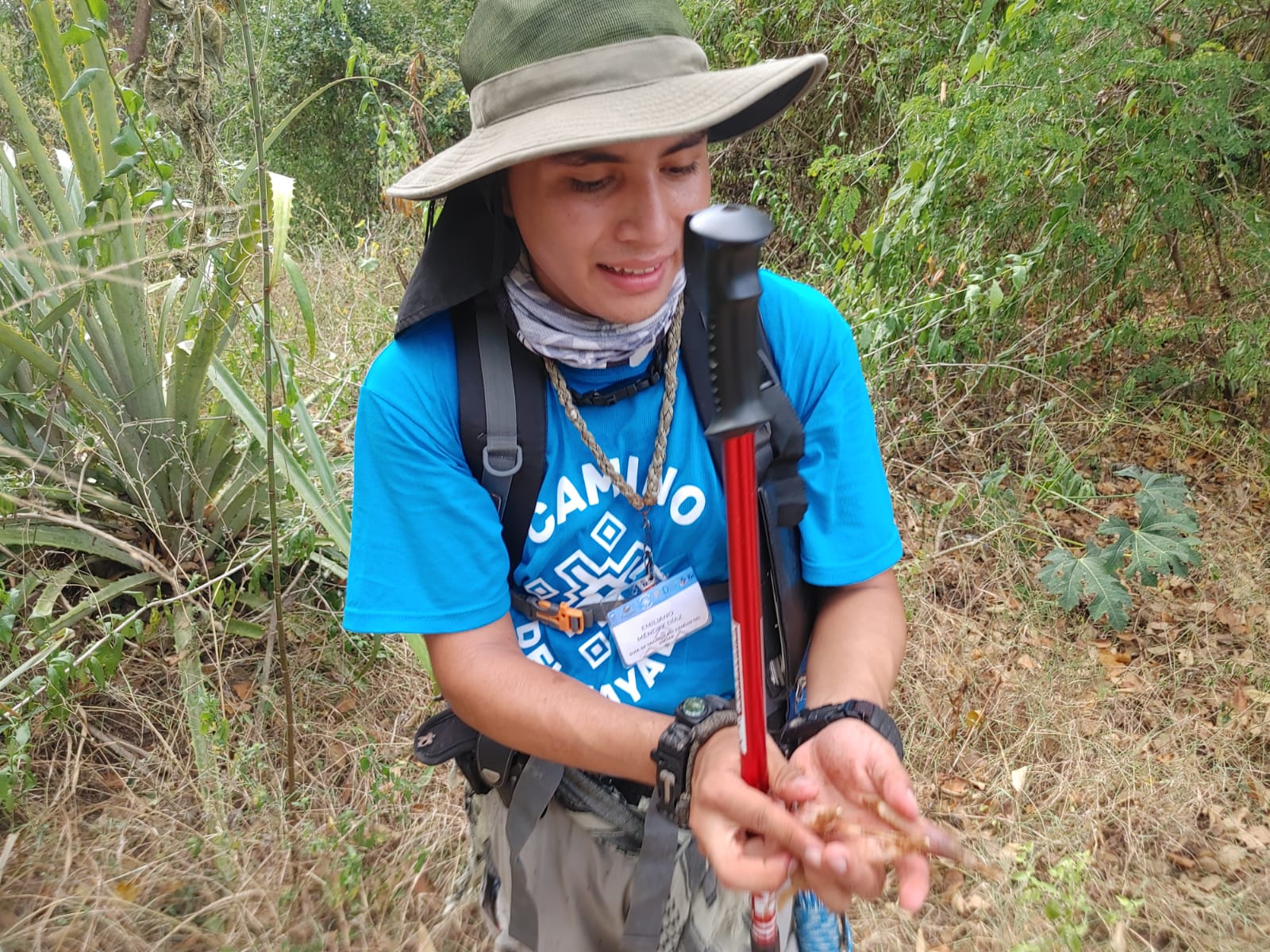
Visitors can undertake one, more or all sections, with the shortest being 3.7 kms and the longest 13.6 kms. Those overnighting in tents can see what Mendez Diaz labels “millions of stars” in a largely uninhabited area that’s free of light pollution or stay in a structure — perhaps a long-standing hacienda now used for lodging — or a home in one of the communities visited. A strong regional Indigenous influence means they can dine on Maya cuisine prepared by a local woman during community stays and local guides will point out plants that have long been appreciated for medicinal purposes, such as tree bark that’s used to stop bleeding.
Participants are issued “passports” that are stamped each time a section is completed, with those completing the final section finding themselves at the Maya archeological site of Mayapan, home to ruins that include an imposing temple that draws comparisons with famed El Castillo in Chichen Itza.
A support van is available for those who decide to end their day early and water is provided for those exploring a part of the world that often sees steamy weather.
Hikers and cyclists, who can rent mountain bikes, pay 500 pesos for their passports, money Gutierrez says will mostly end up in one of the 14 communities whose inhabitants have traditionally had limited incomes. “Everyone that comes here helps (area residents),” he says of hikers and cyclists, adding area residents traditionally have often reluctantly moved elsewhere in Mexico in hopes of earning more.
The Camino de Mayab is marked all along the way and those undertaking it will at times trod on trails that date back centuries and resulted from the once booming hacienda plantations.
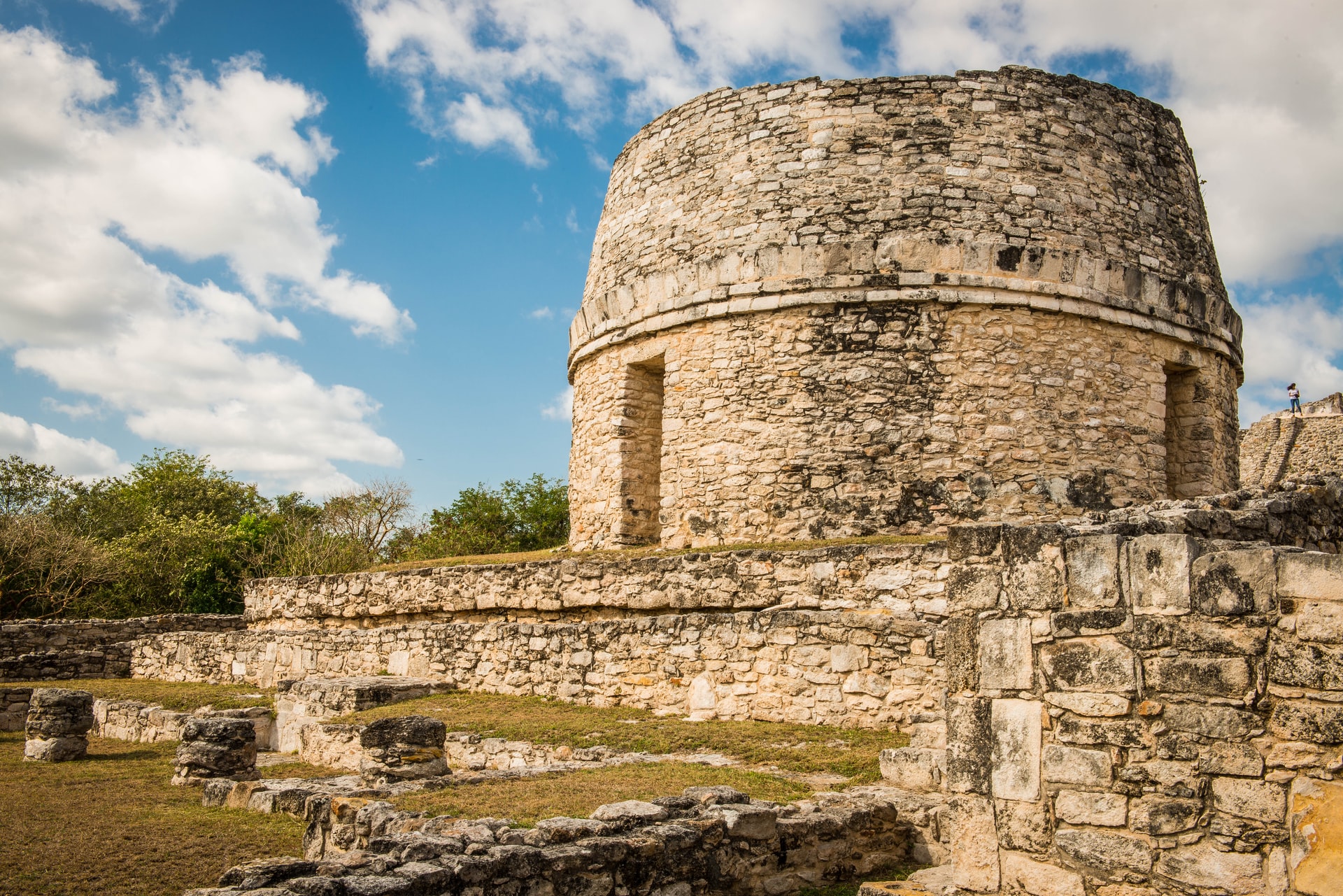
Among one-time haciendas now used for upscale lodging is Santo Domingo de Yunku, found in the community of Yunku, on the second half of the trail. The hacienda is on an estate dating back to the 1700s, and has a swimming pool and a cenote guests can swim in, says manager Carlos Vera. “You’re walking through the jungle and then experience a place like this,” Vera says of the sprawling retreat, adding guests can hear songbirds in the morning and owls at night.
Machete-sporting Mendez Diaz — a biology student and self-described bug enthusiast who cheerfully seeks out spiders — says deforestation resulting from land being cleared for agriculture has been a problem in the area and trail organizers hope that the income the Camino de Mayab generates will provide an alternative income to farming for some, curtailing some of the clearing.
Those completing the entire traill receive a certificate declaring themselves a “protector of the jungle.”
Up tp 80% of the 500 peso cost to hike the trail will end up in Camino de Mayab communities.
“We want to preserve this culture and help the communities,” Gutierrez states.
Daniel Ortega Pimienta, whose company Via Alternativa sends hikers on the trail, hopes it will lead to the creation of trails elsewhere in Mexico.
And Mendez Diaz is eager to show hikers and cyclists a look at a largely wilderness part of Mexico that’s steeped in history and blessed by Mother Nature.
“You need to live it. You need to see it,” he says. “We want you to be part of all this.”
The communities along the trail aren’t yet fully prepared to receive tourists without notice, so it’s recommended people book a package in advance that provides guidance, accommodation, transportation, and meals.
Information for the packages is found at https://caminodelmayab.com/paquetes-servicios
Those wanting additional information can email [email protected] or [email protected].


